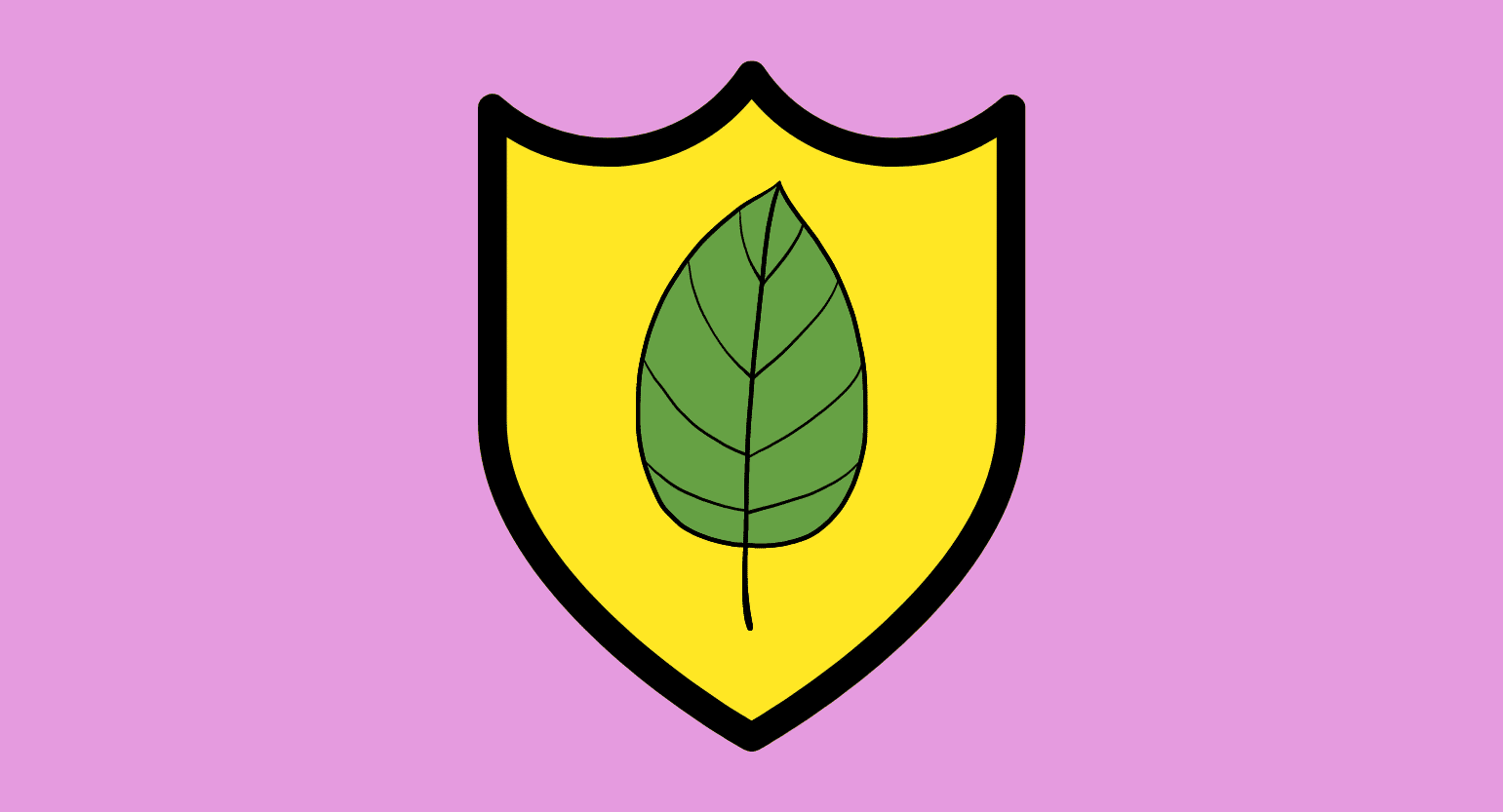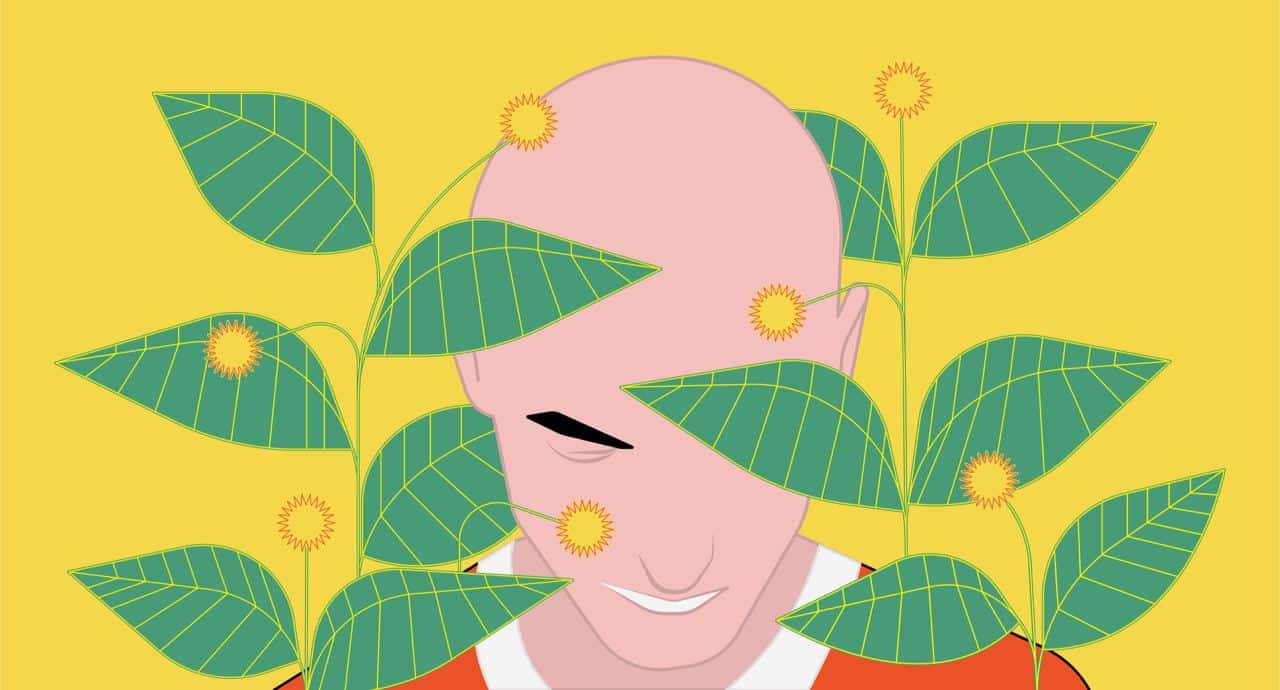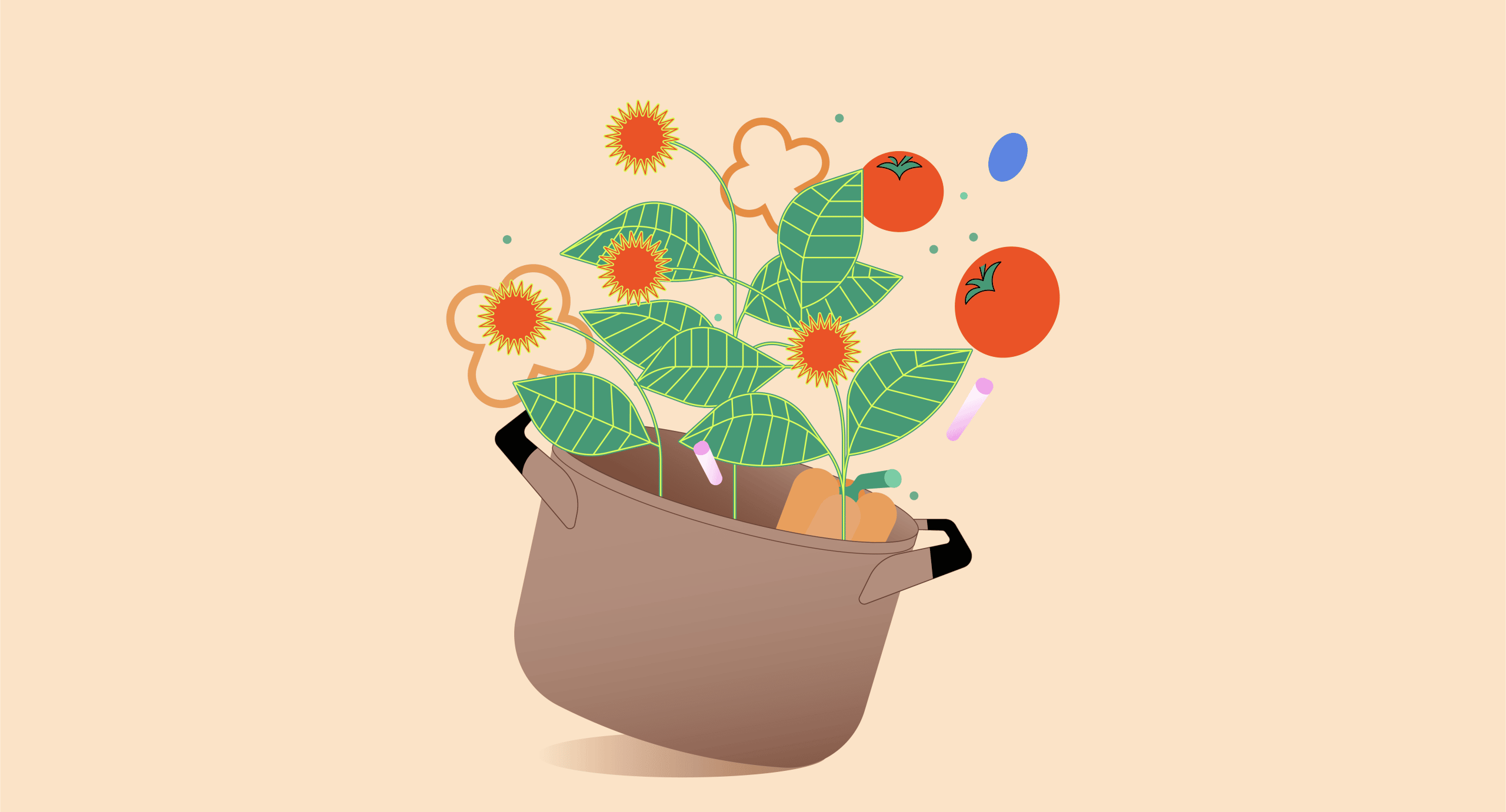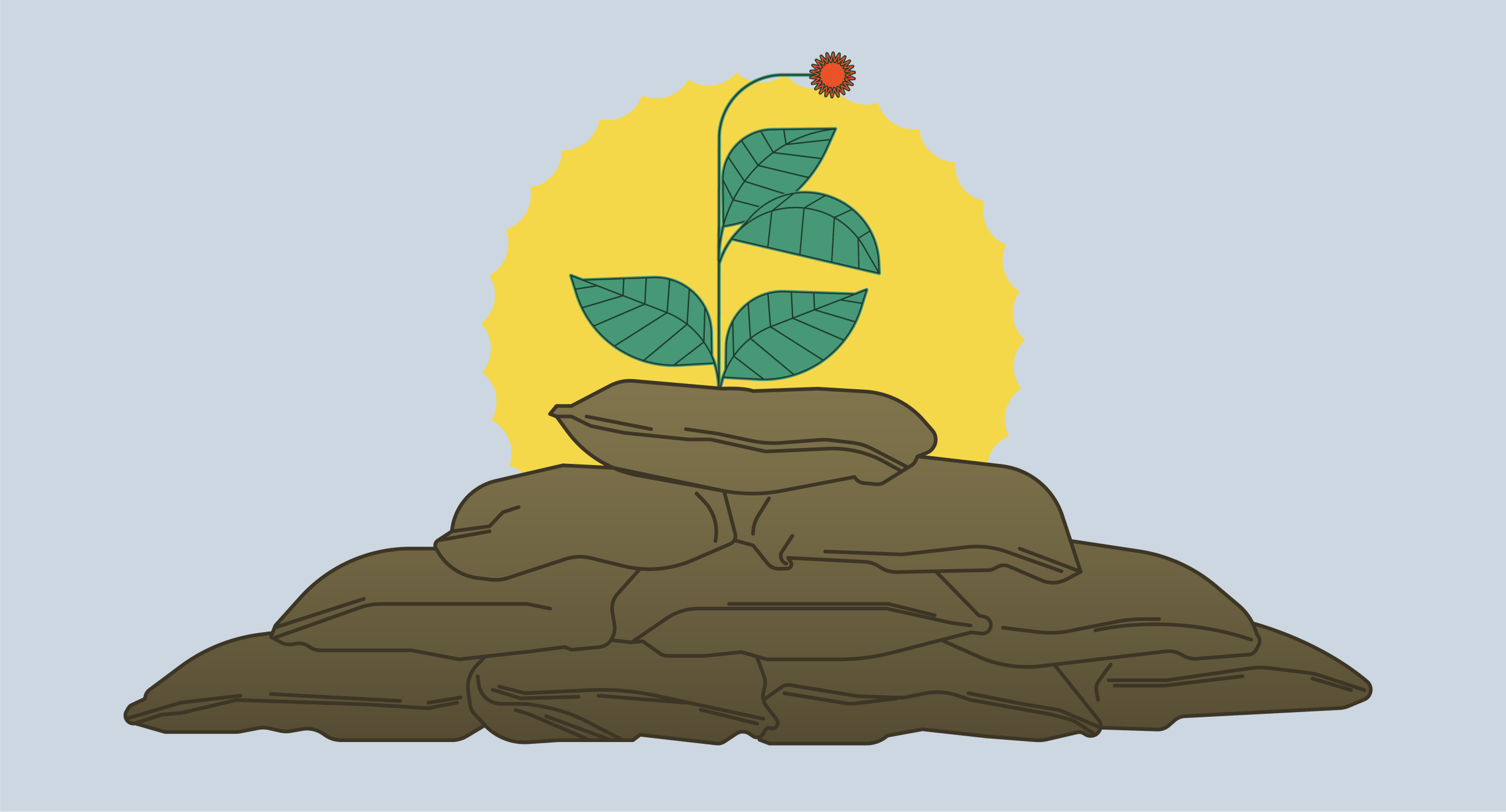Harm reduction — seeking to reduce the harms of drug use instead of criminalizing it — is our best shot at dealing with problematic drug use. Several tools exist for this, but kratom is emerging as a powerful, widely-available option.
In 2018, a research paper on kratom’s uses included the following observation:
Kratom was no longer primarily used for its stimulant and analgesic properties but rather to treat opium abuse, causing many former opium users to consume kratom to treat withdrawal symptoms [1].
This is a major reason behind the push to keep the plant legal here in the United States and could have significant implications. Three million Americans currently suffer from opioid-use disorder (OUD) [2], and we’ve yet to find a decent solution.
Could kratom be part of the answer to this complicated question?
How Kratom Saves Lives
As a relatively safe plant with very few side effects, kratom is inherently safer than several alternatives out there. Harm reduction principles revolve around the idea of “better being better.”
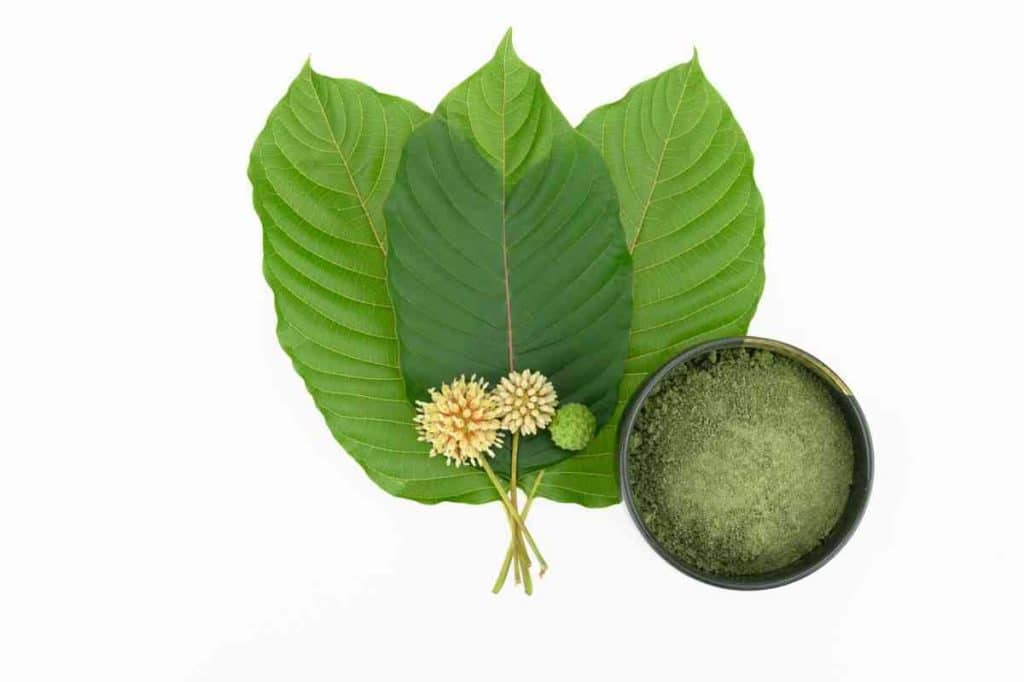
In other words, something doesn’t have to be perfect or even healthy to reduce harm — if you reduce your intake from 12 beers a night to 6, that’s a good thing. It doesn’t mean it’s healthy to drink 6 beers a night, but improvement is worth celebrating.
Likewise, even with concerns about the lack of regulation or unknown long-term effects, kratom is certainly safer than most other drugs.
Here are a few ways kratom functions as an important instrument in the fight against harm.
Related: Is Kratom Dangerous?
1. Kratom for Withdrawal Treatment
Opioids are one of the only drugs that not using them could kill you — if you stop after a heavy period of use. Kratom interacts with similar receptors, potentially easing the symptoms (or even eliminating them) to aid in weening off dependence on opiates.
While movies and ill-meaning advocates for prohibition laugh them off as being “like the flu,” the truth is withdrawal is tortuous and can even turn deadly. Regular opioid users may feel the onset of withdrawal symptoms “as soon as 4 to 6 hours after last use, peak within approximately 24 to 48 hours, and may last for 7 to 14 days [3]”.
Society likes to push people to quit “cold turkey,” but this is rarely effective. When dealing with substances like heroin or other high-strength opiates, this way of stopping can be deadly.
Opioid withdrawals can lead to painful sensations throughout the body, including muscle and bone pain, cold sweats, high levels of anxiety/paranoia/irritability, gastrointestinal distress, vomiting, diarrhea, and more.
If the physical pain of withdrawing isn’t enough, the mental stress is often too much to bear. This is part of the reason why many people with opioid dependence also have post-traumatic stress disorder (PTSD) [4].
By easing withdrawal symptoms, kratom can help people quit opiates safely and in a controlled manner.
It’s important to note — the FDA has yet to study kratom’s potential satisfactorily. Roughly a year ago, they even sent a warning letter to a kratom company for making claims surrounding this issue.
In addition to opioids, kratom may help with withdrawals from alcohol and benzodiazepines.
2. Kratom for Medication-Assisted Treatment (MAT)
The onset of withdrawal symptoms is enough to send many back to opiates, but kratom — available throughout the country — may be a way to break the cycle. While this is similar to the section above, the critical difference here is kratom’s availability as an alternative.
Medication-assisted treatment (MAT) for an opioid-use disorder is wildly effective, offering low-grade opiates for anyone seeking to taper off their opiate use. The most common among these is suboxone (buprenorphine mixed with naloxone).
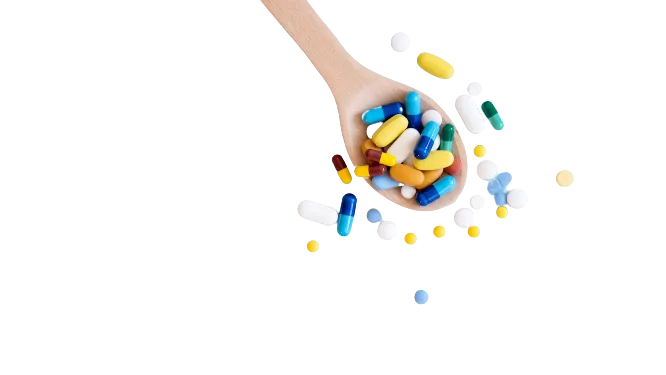
Buprenorphine is a mild opiate, and naloxone reverses the effects of opiates, so this effectively provides a taste of opiates for the brain without altering consciousness. Additionally, naloxone ensures patients can’t get high on opiates for roughly another 24 hours.
MAT is currently considered the gold standard of treatment, but it has flaws.
For starters, the primary mechanism for treatment (suboxone) still restricts people from feeling the effects of the drug they’re trying to leave behind. It’s not always easy to access and further adds to the shame associated with drug use, blocking their ability to feel opiates and making them travel to clinics for treatment.
On the other hand, kratom is often easy to obtain for relatively low prices — far less than the price of a heroin dependency — and doesn’t remove the possibility of euphoria.
This can make a big difference for someone coming off dependence on this emotion and feeling of intoxication. Instead of ensuring they no longer feel high, kratom may provide a safer way to feel a small part of the effect they came to rely on.
3. Kratom & Chronic Pain
Another option for reducing harm with kratom is its potential to help with chronic pain. This condition is especially dangerous as it can result in an ongoing opioid prescription with a high likelihood of dependence.
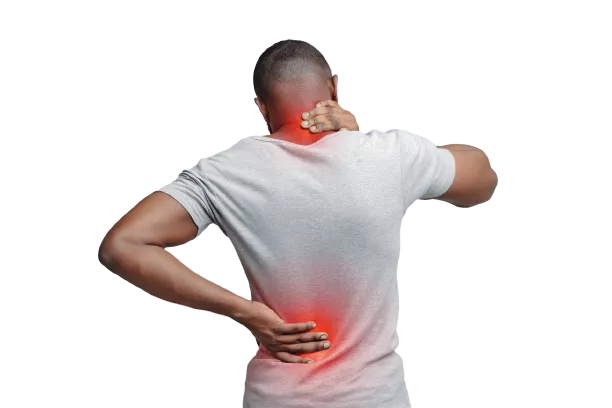
What’s worse, evidence is still “insufficient to determine the effectiveness” of using opioids to treat chronic pain long-term [5]. One thing we do know for sure is the risk of using large doses of powerful opioids over a long period of time.
Kratom may provide a safer alternative to opioid medications. While this, like all other applications for kratom, has little research behind it, one study found it to be immensely helpful.
Twenty-six males could resist removing their hand from an ice bath for double the amount of time with kratom (11.2 vs. 24.9 seconds an hour after drinking it) [6]. The sample sizes were small, but they did compare this to a placebo, which found no discernible difference in this group.
Kratom does have addictive potential, but the withdrawals from stopping are far easier to handle, and it’s unlikely to cause an overdose. As such, many prefer it over harsher drugs for the self-treatment of pain.
One important consideration here is to never use kratom along with pain medications, as they can exacerbate each other and lead to an overdose.
Another important element of this revolves around people in recovery dealing with pain.
Often, a history of opioid dependence leads many to want to steer clear of them whenever possible. Many doctors will refuse to prescribe them to people with dependence issues in their chart history.
Kratom may provide a safer, less-addictive alternative to standard opioid options and a pain-relieving choice for people branded as “drug-seeking” by health professionals.
Related: Is Kratom An Opioid?
Why Reduce Harm Instead of Eliminating It?
The fact is that people have been using drugs for as long as there have been people. Harm reduction flips the script to focus on people’s safety — nobody can put their lives back together after dying from a poor drug supply, and it gives people the autonomy to make choices for themselves.
No law, restriction, or punishment has ever stopped people from seeking and using drugs.
One of the strictest areas in the world concerning drug use is the United Arab Emirates (UAE) and its surrounding nations. However, a recent review in Arabian Business found that most youths in the UAE and 14 other Arab states said drugs were easy to find.
Their solution: advocate for harsher laws.
In the United States, we’ve spent over $1 trillion on the war on drugs since we started it 50 years ago. This is taxpayer money going towards a program boasting no victories since its inception.
Drug busts only succeed in making the supply of drugs more dangerous. Each supplier taken off the streets leaves customers scrambling to find an alternative.
Where Does the Harm of Drug Use Originate?
While drugs can be harmful, stigma and shame often contribute greatly to dependency and problematic use [7]. Our culture has placed a scarlet letter on drug users and told them there was only one pathway to redemption — the wildly ineffective route of abstinence-only rehab.
Setting aside the concerns this places on the lives of drug users through withdrawal symptoms, it’s never been an effective strategy. Part of the reason for this is the additional shame it employs to try and convince people to “stay clean.”
The concept of never being able to use a drug again without immediately falling into the bottomless pit of addiction fuels shame when people inevitably break.
Several concerns flow out of this model:
- If people have lost their tolerance to opioids but return to their previous dosage, it may be dangerous or even deadly.
- It’s common for people to think they should make this relapse “count” before returning to “never using drugs again.”
- People develop addictive tendencies due to underlying mental concerns; it does nothing to address this.
One of the most considerable harms of drug use revolves around how we treat people using them. Without the element of shame, many more would likely feel comfortable seeking help earlier on in their journey.
Harm reduction revolves around meeting people where they are, not shaming them for their position in life, and removing as many barriers to recovery as possible. “Recovery,” in this sense, may look different from person to person.
For some, it may involve replacing their more dangerous drug of choice with something like kratom.
How Stigma Holds Kratom Back
The stigma surrounding any substance interacting with opioid receptors holds kratom back from its potential for harm reduction. Due to misinformation and the ignorance of politicians when it comes to drug use, kratom often falls into the same category of discussion as heroin. Some places have banned kratom or its alkaloids because of their opioid-like properties.
Ironically, it may be one of the best possible options for solving the problem of opioid dependence in the United States. Many years ago, when I worked at a vape shop with a selection of kratom, almost every customer told me it had changed or saved their lives.

People would often say, “It seems expensive, but it’s cheaper than the alternative” — meaning opioids on the streets.
Occasionally we’d get somebody looking for a recreational experience, but wouldn’t it be better than heroin? In truth, people can achieve a similar feeling with high doses of kratom.
The question is whether we should view this fact as:
- Problematic because people can feel the euphoria of opioids
- Beneficial because people can replace their more dangerous opioids
To us, the response seems obvious. If you’re a proponent of reducing harm, you have to acknowledge how well it works.
Final Thoughts: Using Everything In Our Toolbox
Epidemics of overdosing and drug contamination are currently plaguing our country. Politicians (secretly) love this because a “tough on crime” approach plays well with their base of voters — not to mention police officers, lobbyists, and other benefactors.
However, restriction and prohibition have never prevented drug use in the past, and they won’t start working now.
Problems surrounding the “War on [People Who Use] Drugs” keep doubling down on the same solution despite its lack of success. Fifty years, and it has not succeeded in slowing the flow of drugs into our country or stopping people from using drugs.
It’s not like a heroin kingpin will be scared into stopping when one of their street dealers gets picked up by the police.
Rather, prohibition has thinned the already unsafe supply of drugs in our country, making contamination a far worse problem while empowering criminal organizations to gain tremendous profits.
Perhaps it’s time we stop knocking on the same doors and begin investigating the problem objectively. Instead of answering the problem of overdose with more fear and stigmatization, we could make a real difference if we looked at the research and anecdotal reports of actual drug users.
It’s time to reevaluate our toolbox and determine what’s actually beneficial and what’s just taking up space.
- Kruegel, A. C., & Grundmann, O. (2018). The medicinal chemistry and neuropharmacology of kratom: A preliminary discussion of a promising medicinal plant and analysis of its potential for abuse. Neuropharmacology, 134(Pt A), 108–120.
- Azadfard, M., Huecker, M. R., & Leaming, J. M. (2023). Opioid Addiction. In StatPearls. StatPearls Publishing.
- Bluthenthal, R. N., Simpson, K., Ceasar, R. C., Zhao, J., Wenger, L., & Kral, A. H. (2020). Opioid withdrawal symptoms, frequency, and pain characteristics as correlates of health risk among people who inject drugs. Drug and Alcohol Dependence, 211, 107932.
- Patel, R. S., Elmaadawi, A., Nasr, S., & Haskin, J. (n.d.). Comorbid Post-Traumatic Stress Disorder and Opioid Dependence. Cureus, 9(9), e1647.
- Chou, R., Turner, J. A., Devine, E. B., Hansen, R. N., Sullivan, S. D., Blazina, I., Dana, T., Bougatsos, C., & Deyo, R. A. (2015). The Effectiveness and Risks of Long-Term Opioid Therapy for Chronic Pain: A Systematic Review for a National Institutes of Health Pathways to Prevention Workshop. Annals of Internal Medicine, 162(4), 276–286.
- Vicknasingam, B., Chooi, W. T., Rahim, A. A., Ramachandram, D., Singh, D., Ramanathan, S., Yusof, N. S. M., Zainal, H., Murugaiyah, V., Gueorguieva, R., Mansor, S. M., & Chawarski, M. C. (2020). Kratom and Pain Tolerance: A Randomized, Placebo-Controlled, Double-Blind Study. The Yale Journal of Biology and Medicine, 93(2), 229–238.
- Rahim, M., & Patton, R. (2015). The association between shame and substance use in young people: A systematic review. PeerJ, 3, e737.

